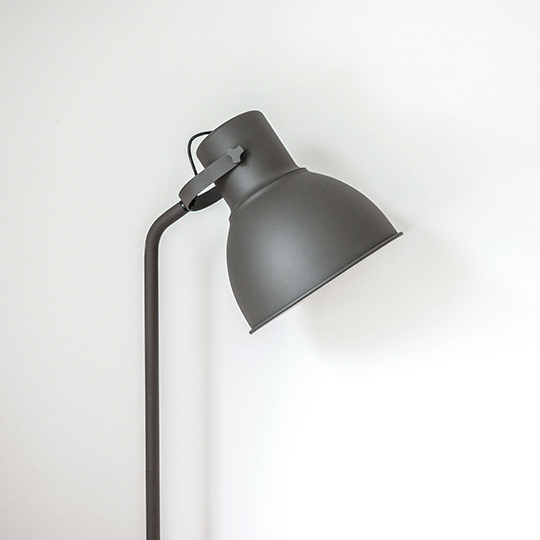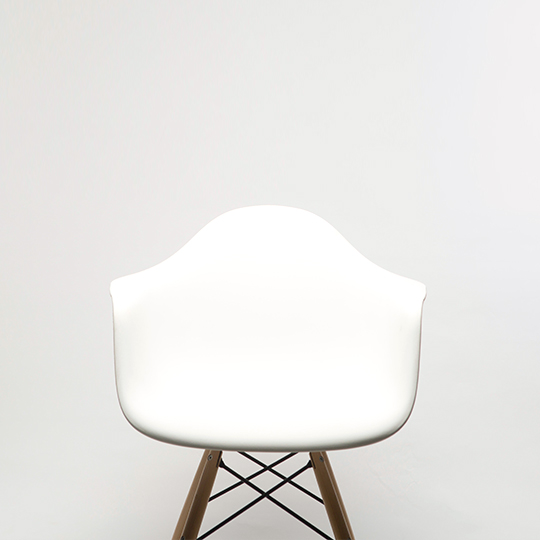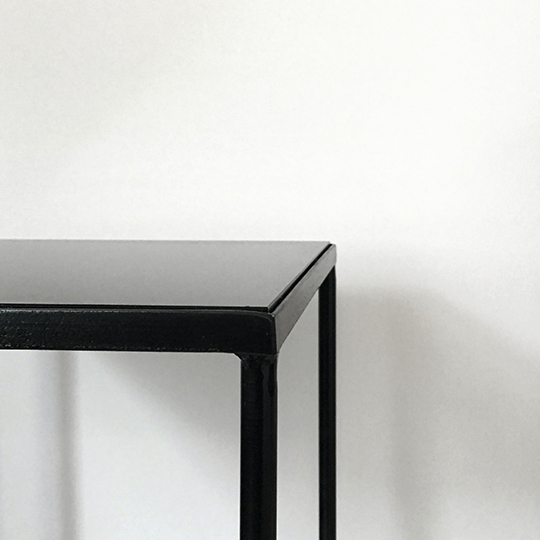NanoVIVO™ Gold Nanoparticle Line
lWe follow a well-established synthesis strategy of citrate coated gold nanoparticles that offers high degree of control over their diameter, yields a highly monodisperse population and shows very little batch-to-batch variation. Functional groups are introduced onto nanoparticle surface by using a bifunctional polyethylene glycol (PEG) linkers: one end includes a thiol that covalently binds nanoparticle surface, while the other end contains the functional moiety.
Spherical Gold Nanoparticles
Fluorescently Labeled Spherical Gold Nanoparticle
Fluorescent molecules are loaded onto nanoparticle surface using PEG spacer. To avoid the dye from being quenched by the nanoparticle, longer PEG spacer of 5 kDa or 10 kDa needs to be used to maintain separation between the dye and nanoparticle surface.
Protein Functionalized Spherical Gold Nanoparticles
With the exception of Albumin, protein ligands are loaded onto nanoparticle surface using 5 kDa PEG spacer. The surface of nanoparticles is backfilled with a shorter 2 kDa methoxy-terminated PEG to ensure in vitro and in vivo biocompatibility. Albumin is adsorbed onto nanoparticle surface through non-covalent interactions without 2 kDa methoxy-terminated PEG backfill. Protein-functionalized nanoparticles can be optionally labeled with a fluorescent dye.
Please contact us if you do not see the specific functionalization that you are looking for. Our synthetic method can be applied to a range of protein and small molecule ligands.
Please contact us if you do not see the specific functionalization that you are looking for. Our synthetic method can be applied to a range of protein and small molecule ligands.
DNA Functionalized Spherical Gold Nanoparticles
Gold nanoparticles can be functionalized with a custom single stranded DNA oligonucleotide with the length between 11 and 90 bases. The space between the DNA strands is backfilled with a choice of 1 kDa to 10 kDa methoxy-terminated PEG. Longer PEG molecules reduce non-specific protein adsorption while shorter PEG increases access to the oligonucleotide.









